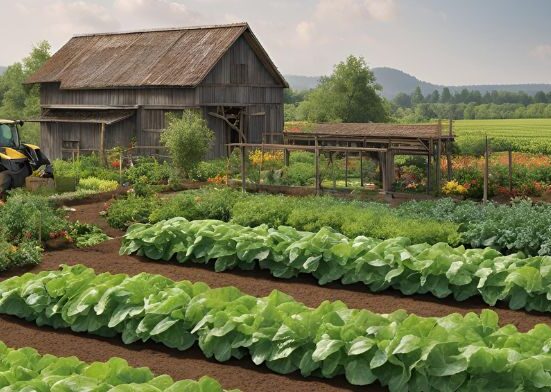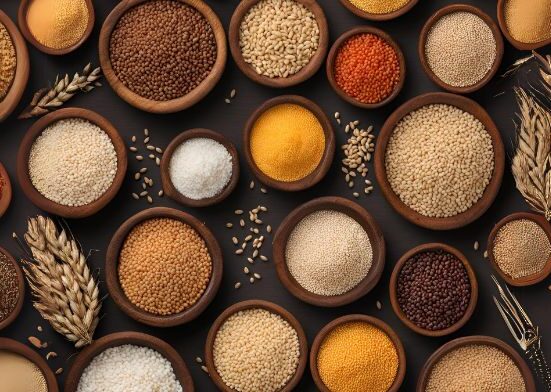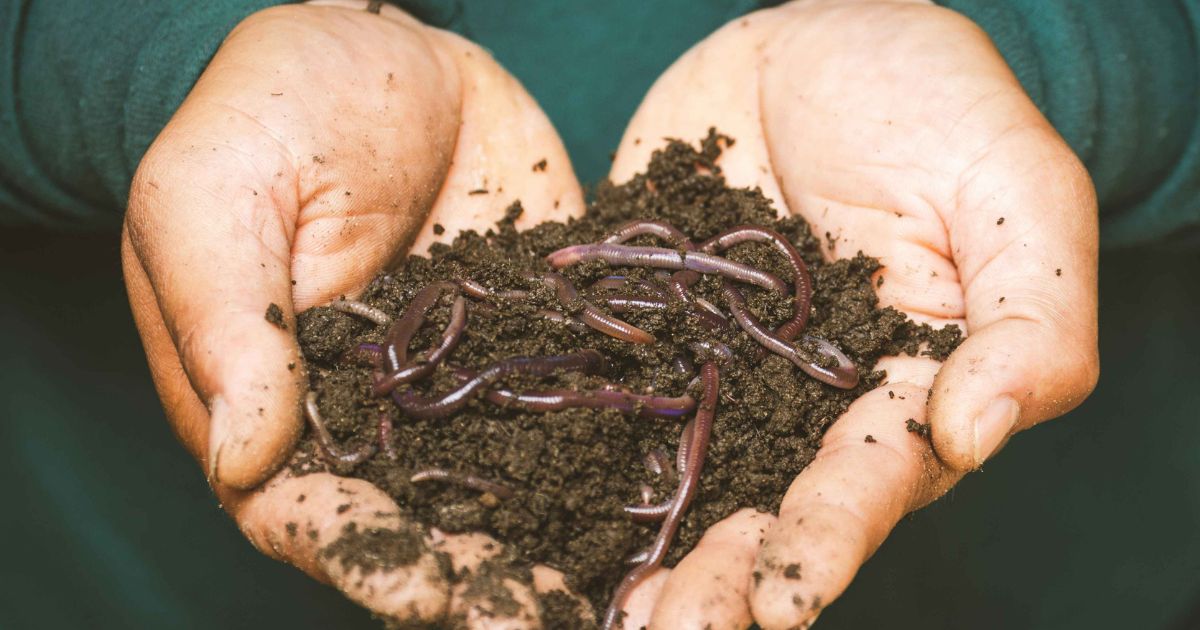The Basics: Understanding Healthy Soil
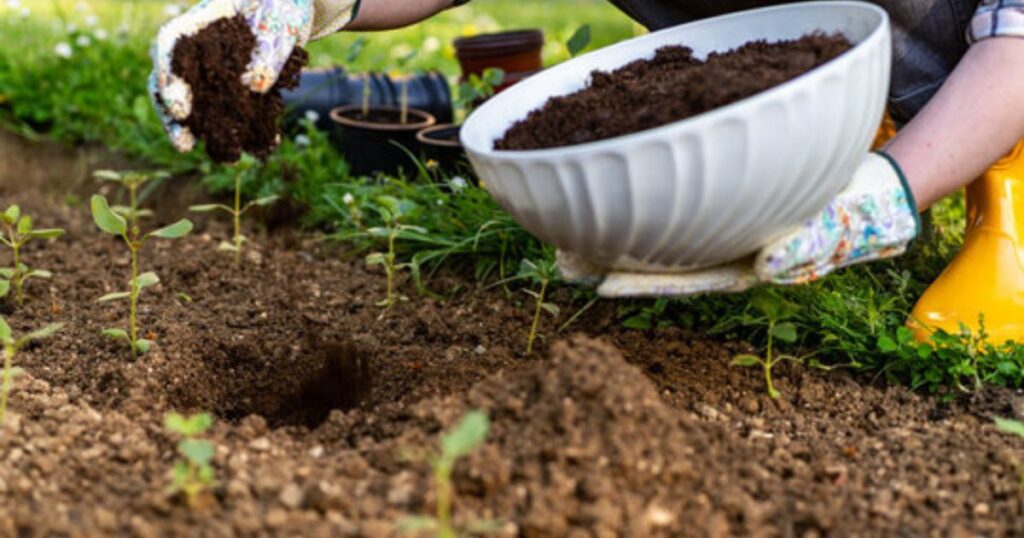 Manure and compost are natural soil enhancers that bring long-lasting benefits to gardens and farms. Rich in essential nutrients, they improve soil fertility, structure, and water retention, helping plants grow healthier and more resilient. Compost adds valuable organic matter, boosting microbial activity that supports nutrient cycling, while manure provides a steady release of nitrogen, phosphorus, and potassium.
Manure and compost are natural soil enhancers that bring long-lasting benefits to gardens and farms. Rich in essential nutrients, they improve soil fertility, structure, and water retention, helping plants grow healthier and more resilient. Compost adds valuable organic matter, boosting microbial activity that supports nutrient cycling, while manure provides a steady release of nitrogen, phosphorus, and potassium.
Together, they reduce the need for chemical fertilizers, making farming and gardening more sustainable and eco-friendly. These organic amendments also improve soil aeration, reduce erosion, and increase crop yields over time. Using manure and compost not only nurtures manure compost plants but also recycles waste responsibly, creating a closed-loop system that benefits both the soil and the environment.
Boosts Soil Fertility
Manure delivers nitrogen, phosphorus, and potassium—essential nutrients plants crave. Compost adds micronutrients and organic Sustainable Soil: Organic Methods To Enhance Soil Fertility matter, ensuring a more soil manure balanced soil ecosystem.
Improves Soil Structure
Compost makes clay soils less compact and sandy soils better at holding moisture. Manure adds bulk and organic matter, improving water retention. Healthy soil is alive. Compost and manure introduce beneficial bacteria and fungi that break down organic material, making nutrients more available to compost and manure plants.
Sustainable Waste Recycling
Instead of sending food scraps or animal waste to landfills, composting and manuring recycle them back into the soil, closing the cow manure and compost nutrient loop.
Cost-Effective and Natural
Compared to synthetic fertilizers, manure and compost are cheaper and eco-friendly, reducing dependency on chemical horse manure and compost inputs.
How to Use Manure in the Garden
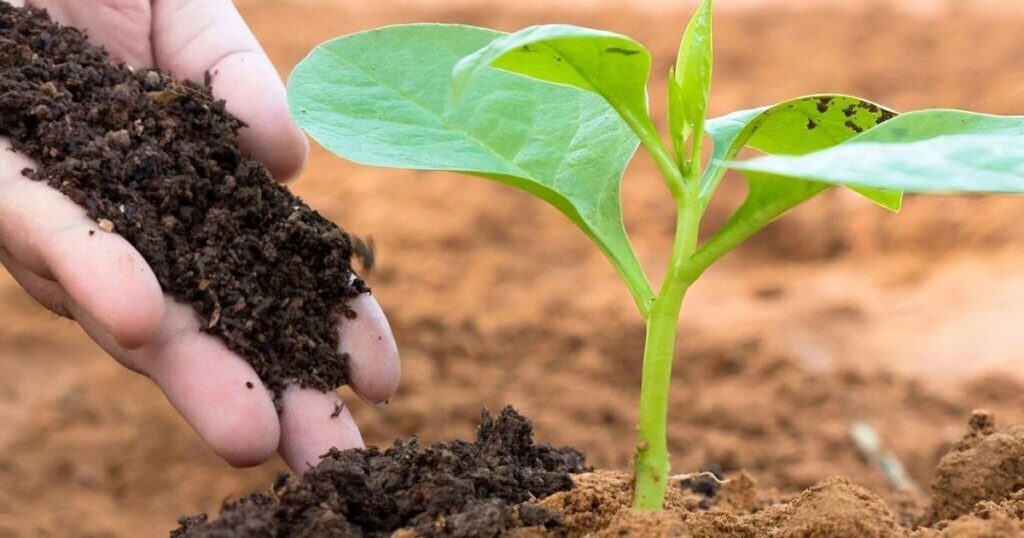
- Compost it first: Fresh manure can burn plants and introduce pathogens. Composting it for 6–12 months makes it safer.
- Apply before planting: Spread composted manure in fall or early spring so nutrients integrate into the soil.
- Use selectively: Chicken manure is ideal for nitrogen-hungry plants like spinach or lettuce, while cow manure works well for general soil improvement.
- Mix into the soil: Work manure into the top few inches to avoid nutrient loss.
Manure: The Farmyard Fertilizer
Types of Manure and Their Profiles
- Cow Manure: Often called the “gold standard” for beginners, cow dung is mild and well-balanced. It contains about 0.5-2% nitrogen, 0.2-1% phosphorus, and 0.5-2% potassium. Cows are ruminants, so their manure is already partially broken down, making it less likely to burn plants. It’s excellent for improving soil structure due to its fibrous texture.
- Horse Manure: Similar to cow manure but often mixed with straw or sawdust bedding. It has slightly higher nitrogen (0.7-2%) but can be weedier if the horses eat hay. Horses digest food quickly, so their manure is “cooler” and ready to use after minimal composting.
- Chicken Manure: The powerhouse—hot and potent. With 1.1-3% nitrogen, 0.8-2% phosphorus, and 0.5-1.5% potassium, it’s a nutrient bomb. However, its high ammonia content means it must be composted first to avoid scorching roots. Fresh chicken manure can raise soil pH, benefiting acidic soils.
- Sheep and Goat Manure: Dry and pellet-like, these are concentrated (2-4% nitrogen) and low in moisture. They’re great for potting mixes but can be dusty, so wear a mask when handling.
- Rabbit Manure: A gardener’s dream—cold and pelletized, with 2-3% nitrogen. It can be applied fresh without composting, as it’s low in pathogens and high in beneficial microbes.
Benefits of Manure for Soil Health
Compost: The Black Gold of Gardening
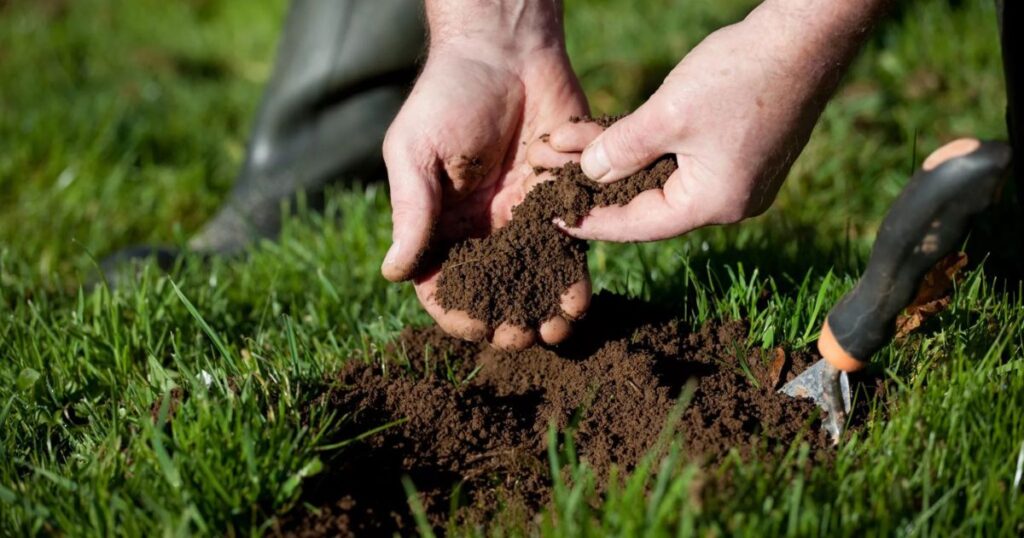 If manure is the raw energy from the farm, compost is the refined elixir—decomposed organic material from plant and kitchen scraps, turned into humus-rich soil food. Composting mimics nature’s decay process, where leaves, food waste, and yard trimmings break down into a stable, nutrient-packed amendment.
If manure is the raw energy from the farm, compost is the refined elixir—decomposed organic material from plant and kitchen scraps, turned into humus-rich soil food. Composting mimics nature’s decay process, where leaves, food waste, and yard trimmings break down into a stable, nutrient-packed amendment.
What Goes Into Compost?
Nutrient Profile and Advantages
Manure vs. Compost: A Comparative Look
- Nutrient Strength: Manure is fresher and hotter, providing a quick NPK boost. Compost offers balanced, long-term feeding.
- Pathogen Risk: Raw manure can harbor E. coli or salmonella from herbivores, requiring 120-180 days of composting per USDA guidelines. Compost, if properly managed, pasteurizes itself.
- Application Timing: Manure suits fall/winter spreading to integrate over months. Compost works anytime, even as mulch.
DIY Guide: Making Your Own Compost
- Choose Your Setup: Use a tumbler for ease, a three-bin system for scale, or a simple wire enclosure. Location: sunny spot with good drainage.
- Gather Materials: Start with a 3-inch brown layer (dry leaves). Add 2 inches of greens (kitchen scraps). Chop large items for faster breakdown.
- Balance and Moisten: Aim for that 30:1 ratio—too many greens smell; too many browns slow things. Keep it as damp as a wrung-out sponge.
- Turn and Aerate: Every 1-2 weeks, mix with a pitchfork to oxygenate. This speeds decomposition from 6-12 months to 2-3.
- Monitor Temperature: Use a compost thermometer; heat above 140°F kills bad stuff. Cool down signals readiness—dark, crumbly, earthy-smelling.
- Harvest and Use: Sift out undecomposed bits. Apply 1-2 inches to garden beds in spring/fall, or mix 20-30% into potting soil.
Safe and Effective Application Strategies
Timing and Rates
- Soil Prep: Till or top-dress 2-4 inches of compost/manure into top 6-8 inches before planting. For lawns, side-dress lightly.
- Seasonal Use: Fall applications let winter rains leach nutrients deep. Spring for quick boosts.
- Rates: General rule: 20-40 pounds per 100 square feet for manure; 10-20 for compost. Test soil first (kits from extension offices) to avoid over-fertilizing.
Special Considerations
- Pathogen Precautions: Always compost manure from meat-eaters (pigs, though rare in gardens). Wash produce from manured soils.
- Crop-Specific: High-nitrogen chicken manure for leafy greens; phosphorus-rich for fruits. Avoid fresh manure on root veggies to prevent bitterness.
- Organic Certification: If selling produce, follow NOP standards—compost must reach 131°F for 3 days.
The Science-Backed Benefits: Why Your Soil Needs This Boost
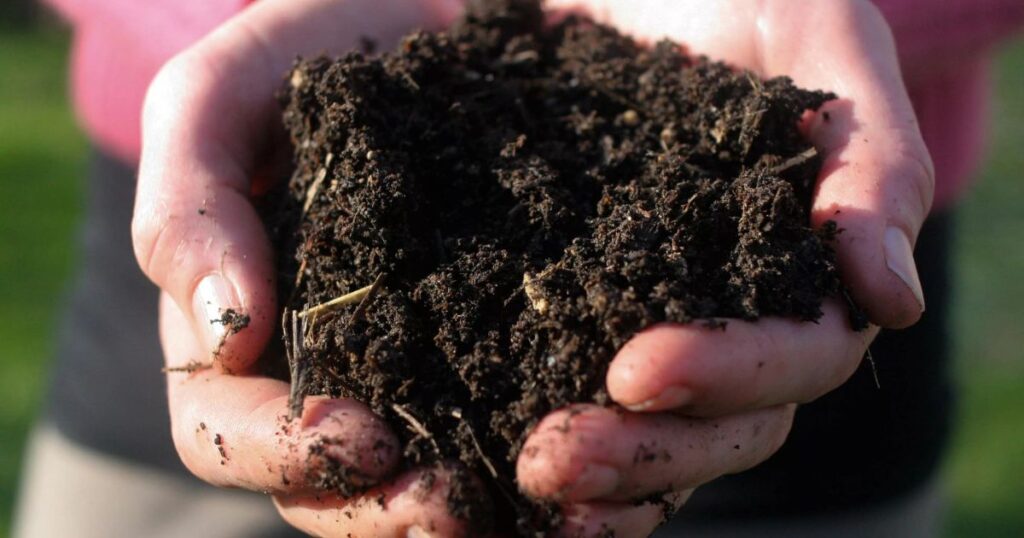 Let’s geek out on the data. Organic matter from manure and compost can increase soil microbial biomass by 50-100%, per a meta-analysis in Soil Biology and Biochemistry. These microbes fix nitrogen from air, solubilize phosphorus, and cycle nutrients.
Let’s geek out on the data. Organic matter from manure and compost can increase soil microbial biomass by 50-100%, per a meta-analysis in Soil Biology and Biochemistry. These microbes fix nitrogen from air, solubilize phosphorus, and cycle nutrients.
Real-World Success Stories
Common Pitfalls and How to Avoid Them
- Overapplication: Too much nitrogen leads to lush growth but weak stems and pest attraction. Solution: Soil tests annually.
- Incomplete Composting: Undigested chunks tie up nitrogen. Cure: Extend aging or add activators like molasses.
- Weed Seeds: Fresh manure carries them. Hot composting kills 99% at 140°F+.
- Odor and Pests: Balance materials; bury food scraps. Rodents? Use enclosed bins.
- Sourcing Issues: Contaminated manure (antibiotics from factory farms) harms microbes. Opt for local, organic sources.
Beyond the Garden: Broader Impacts
Conclusion:
FAQ:
What is the Difference Between Manure and Compost?
Manure is animal waste (often mixed with bedding materials) used as a natural fertilizer, while compost is decomposed organic matter like kitchen scraps, garden waste, and sometimes manure itself.
Which is Better for the Soil: Manure or Compost?
Both improve soil health, but compost is more balanced and safer for direct use, while manure provides a stronger nutrient boost but must be aged or composted to avoid harming plants.
Can I use Fresh Manure in my Garden?
Fresh manure can “burn” plants due to high nitrogen content and may carry pathogens. It’s best to let it age or compost before applying to crops.
Does Compost Smell like Manure?
Properly made compost has a rich, earthy smell, not unpleasant like fresh manure. If it smells bad, it may need more air or dry material.
How do Manure and Compost Improve soil?
Both add organic matter, improve soil structure, increase water retention, and boost beneficial microbes, making soil more fertile and resilient.




